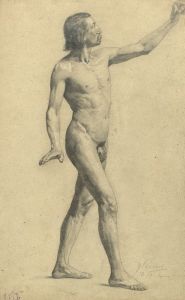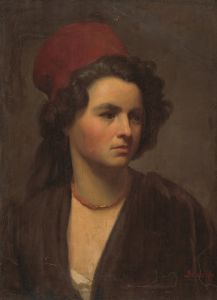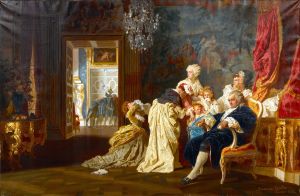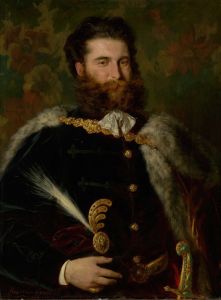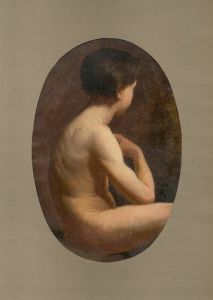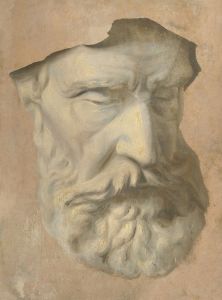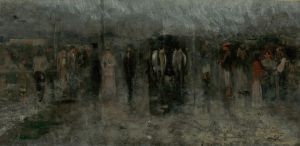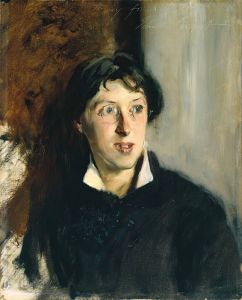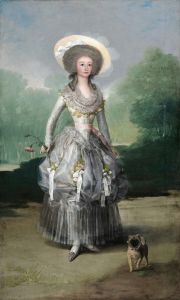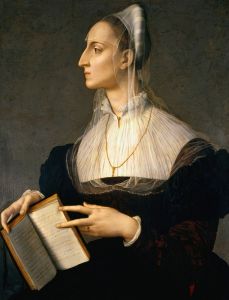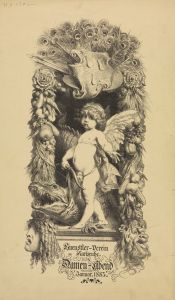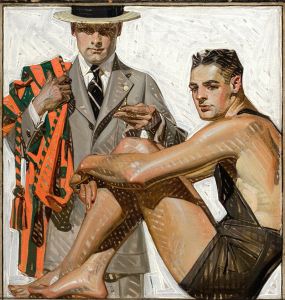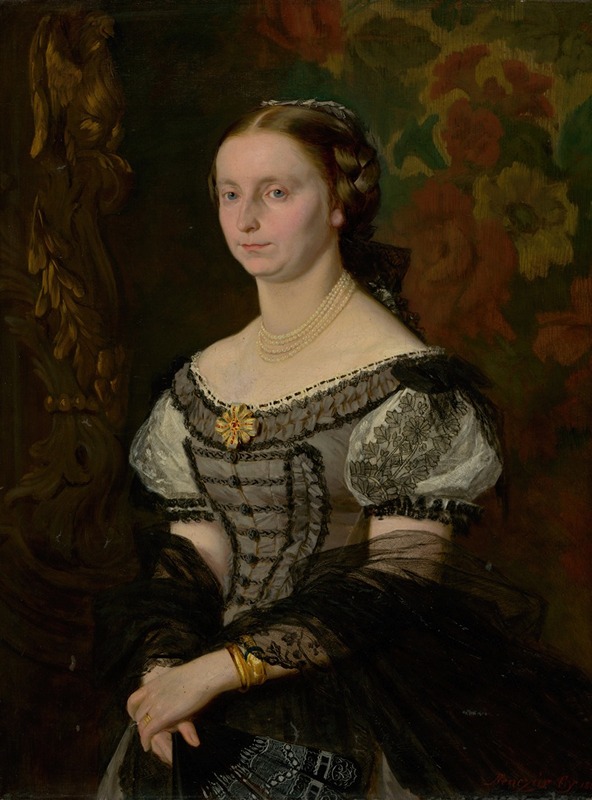
Portrait of Terézia Ujházy
A hand-painted replica of Gyula Benczúr’s masterpiece Portrait of Terézia Ujházy, meticulously crafted by professional artists to capture the true essence of the original. Each piece is created with museum-quality canvas and rare mineral pigments, carefully painted by experienced artists with delicate brushstrokes and rich, layered colors to perfectly recreate the texture of the original artwork. Unlike machine-printed reproductions, this hand-painted version brings the painting to life, infused with the artist’s emotions and skill in every stroke. Whether for personal collection or home decoration, it instantly elevates the artistic atmosphere of any space.
"Portrait of Terézia Ujházy" is a painting by the renowned Hungarian artist Gyula Benczúr, who was one of the most prominent figures in 19th-century Hungarian art. Benczúr was known for his historical paintings and portraits, which often depicted notable figures of his time with great detail and realism. His works are celebrated for their technical skill, use of color, and ability to capture the character and essence of his subjects.
The painting features Terézia Ujházy, a woman who, based on the title, was likely a person of some significance or social standing during the period in which Benczúr was active. Unfortunately, specific historical details about Terézia Ujházy herself are not widely documented, and thus, her life and the reasons for her portrait's commission remain largely unknown in public records. However, the fact that Benczúr painted her suggests she was a person of some importance or had connections to influential circles.
Gyula Benczúr was born on January 28, 1844, in Nyíregyháza, Hungary. He studied at the Munich Academy of Fine Arts, where he was influenced by the German school of painting, particularly the works of Wilhelm von Kaulbach and Karl von Piloty. Benczúr's education and exposure to the Munich art scene significantly shaped his artistic style, which is characterized by meticulous attention to detail and a preference for historical and portrait subjects.
Throughout his career, Benczúr received numerous commissions from the Hungarian aristocracy and royalty, which helped establish his reputation as a leading portraitist of his time. His ability to capture the likeness and personality of his subjects made his portraits highly sought after. Benczúr's works often reflect the cultural and social milieu of 19th-century Hungary, providing insight into the period's fashion, aesthetics, and societal norms.
"Portrait of Terézia Ujházy" exemplifies Benczúr's skill in portraiture. The painting likely showcases his adept use of light and shadow to create a lifelike representation of the subject. Benczúr's portraits are known for their rich color palette and the careful rendering of textures, such as fabrics and skin tones, which add to the realism and depth of his works.
Benczúr's contribution to Hungarian art extends beyond his paintings. He was also an influential teacher and served as the director of the Hungarian National Gallery. His legacy is preserved in the numerous students he mentored and the significant body of work he left behind, which continues to be celebrated in Hungary and beyond.
While specific details about the "Portrait of Terézia Ujházy" and its subject remain limited, the painting is a testament to Gyula Benczúr's mastery of portraiture and his ability to capture the essence of his subjects with elegance and precision. His works remain an important part of Hungary's cultural heritage, reflecting the artistic and historical context of his era.





